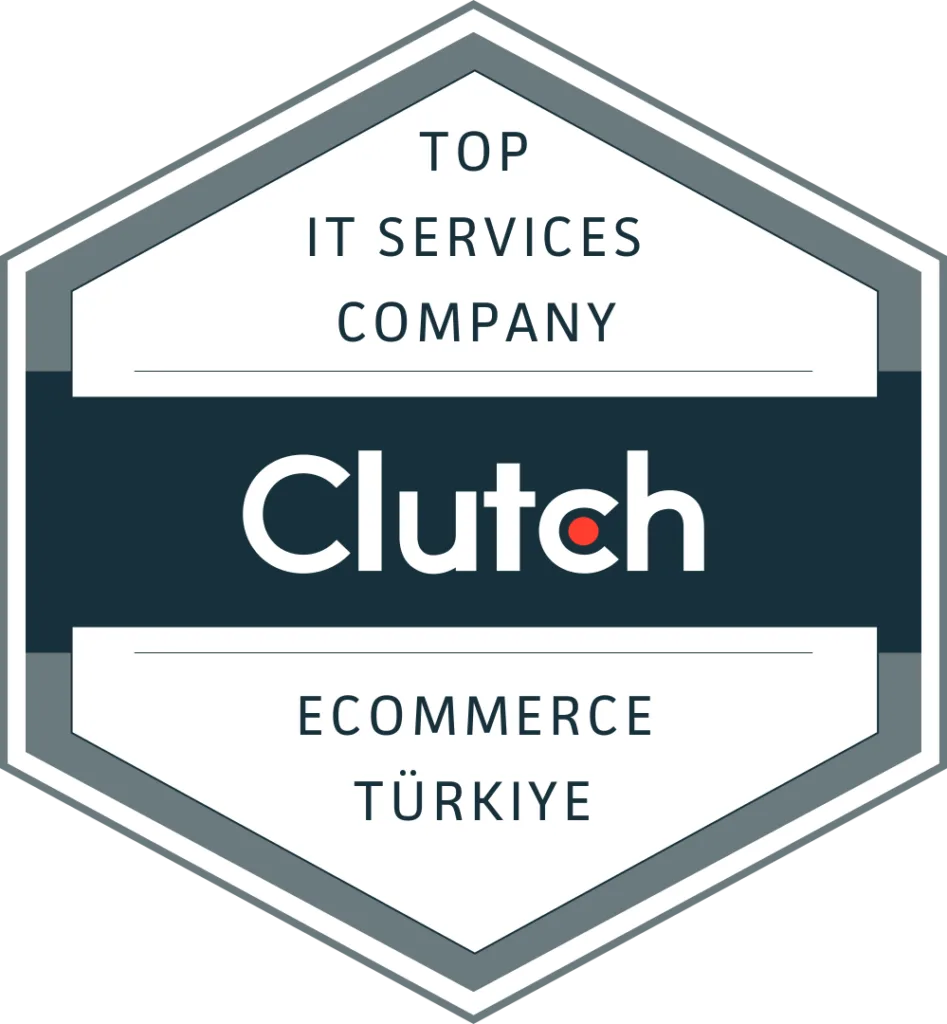When businesses need software to streamline operations, support customers, or scale, the first big question is: Should we build custom software or use an off-the-shelf solution?
Both options have clear advantages and trade-offs. Your decision should depend on your goals, budget, timeline, and technical resources.
Quick Comparison: Custom vs. Off-the-Shelf
| Factor | Off-the-Shelf Software | Custom Software |
|---|---|---|
| Cost | Lower upfront, ongoing subscriptions | Higher upfront, but tailored long-term ROI |
| Implementation | Immediate | Weeks–months (design & development) |
| Flexibility | Limited, fixed features | Fully customizable |
| Scalability | May not adapt as you grow | Scales with your needs |
| Ownership | Vendor-controlled | You control roadmap & data |
| Maintenance | Vendor handles | Your responsibility (or outsourced) |
Off-the-Shelf Software
These are ready-made solutions such as Salesforce, Slack, or Shopify. You pay a subscription or license fee and start using the software almost immediately.
Pros:
- Faster start – ready to use right away.
- Lower upfront cost – predictable monthly fees.
- Proven reliability – tested by thousands of users.
- Support included – updates, maintenance, and security handled by the vendor.
Cons:
- Scalability limits – may not fit well as your business grows or changes.
- Limited flexibility – you must adapt your processes to the software.
- Hidden costs – add-ons, user fees, or storage upgrades can add up.
- Integration issues – may not connect smoothly with your other tools.
Custom Software
Custom software is designed specifically for your business, built either by an internal development team or an external software development company.
Pros:
- Tailored to your needs – built around your unique workflows.
- Scalable – grows with your business.
- Competitive advantage – software becomes part of your differentiation.
- Full control – you own the roadmap, features, and integrations.
Cons:
- Ongoing responsibility – updates, bug fixes, and security need to be managed.
- Higher upfront cost – requires investment in design, development, and testing.
- Longer development time – from weeks to months depending on scope.
What to Consider Before Choosing Custom Software
If you’re leaning toward custom, weigh these factors carefully:
- Business Needs – Is your process unique enough that off-the-shelf won’t fit?
- Budget & ROI – Can you justify the higher upfront cost with long-term value?
- Timeline – Do you need a solution in weeks or can you wait for development?
- Scalability – Will your software need to handle rapid growth or changing requirements?
- Maintenance – Who will update and secure the software after launch?
- Ownership – Do you want full control over features, data, and integrations?
Build In-House vs. Hire a Software Development Company
If you go custom, the next decision is how to build it:
- In-House Team:
- Best if software development is central to your business.
- Gives you complete control, but requires ongoing salaries, hiring, and management.
- Works well for long-term, evolving projects.
- Software Development Company:
- Ideal if you don’t have internal expertise or want faster execution.
- Offers experienced developers, established workflows, and reduced hiring risks.
- Usually more cost-efficient for small to medium projects compared to building an internal team.
Final Thoughts
If your needs are standard and budget is tight, start with off-the-shelf. It’s a practical, low-risk way to get moving.
If your processes are unique, scaling fast, or tied to your competitive edge, investing in custom software may pay off in the long run.
And if you go the custom route, remember: you’ll need to decide whether to build an in-house team or partner with a software development company to bring your vision to life.
What To Do Next?
Now that you understand the trade-offs, take these steps:
- List your requirements — separate must-have features from nice-to-haves.
- Check existing tools to see if an off-the-shelf solution already covers most of your needs.
- Run the numbers — compare subscription/licensing costs vs. custom development investment over 2–3 years.
- Decide on strategic value — if the software is central to your business model, lean toward custom.
- If going custom, choose whether to build in-house or work with a trusted software development company.
Still unsure? Tell us about your project. We can help evaluate your options and, if it’s the right fit, design and build a tailored solution for your business.









